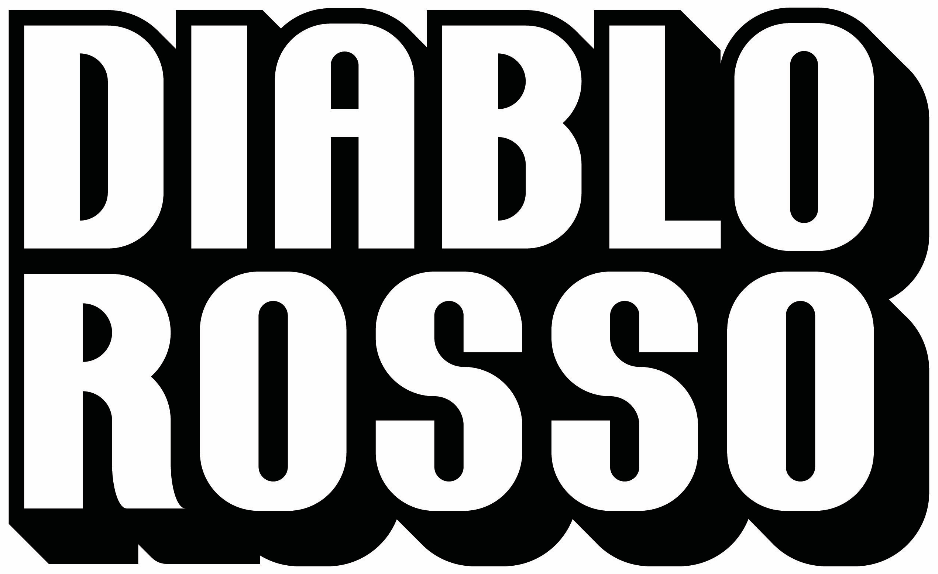Juan Pablo Garza & Christian Vinck
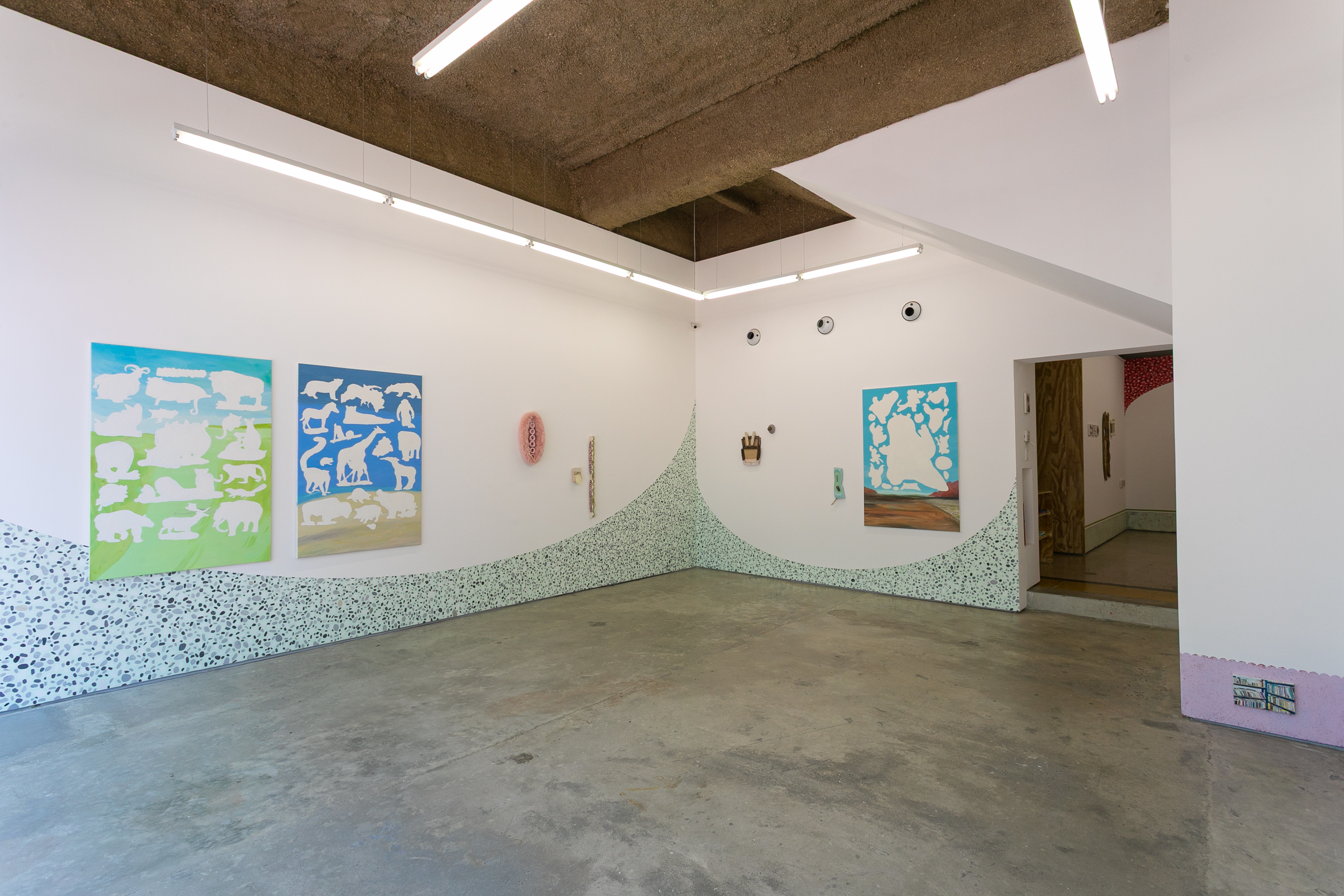
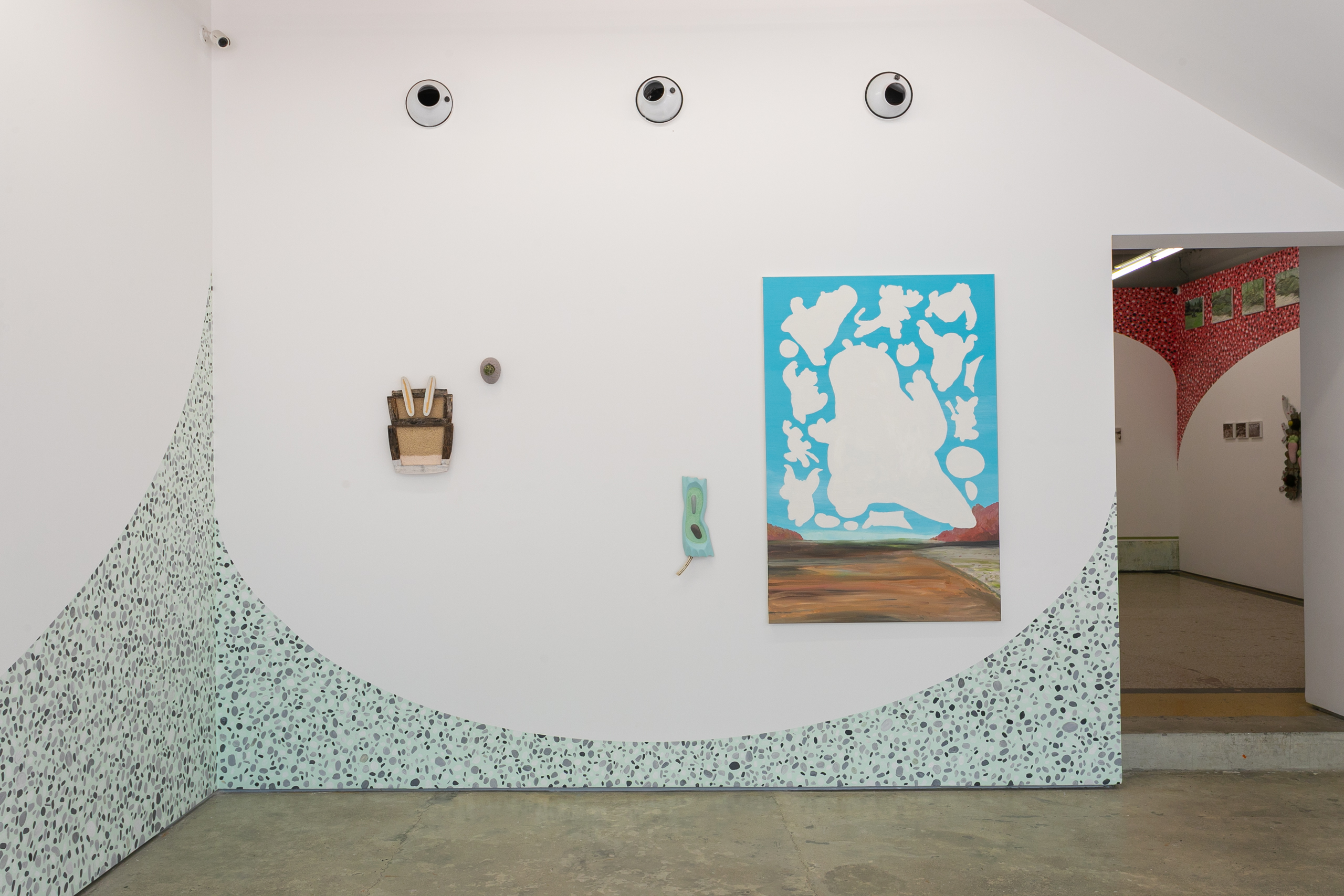
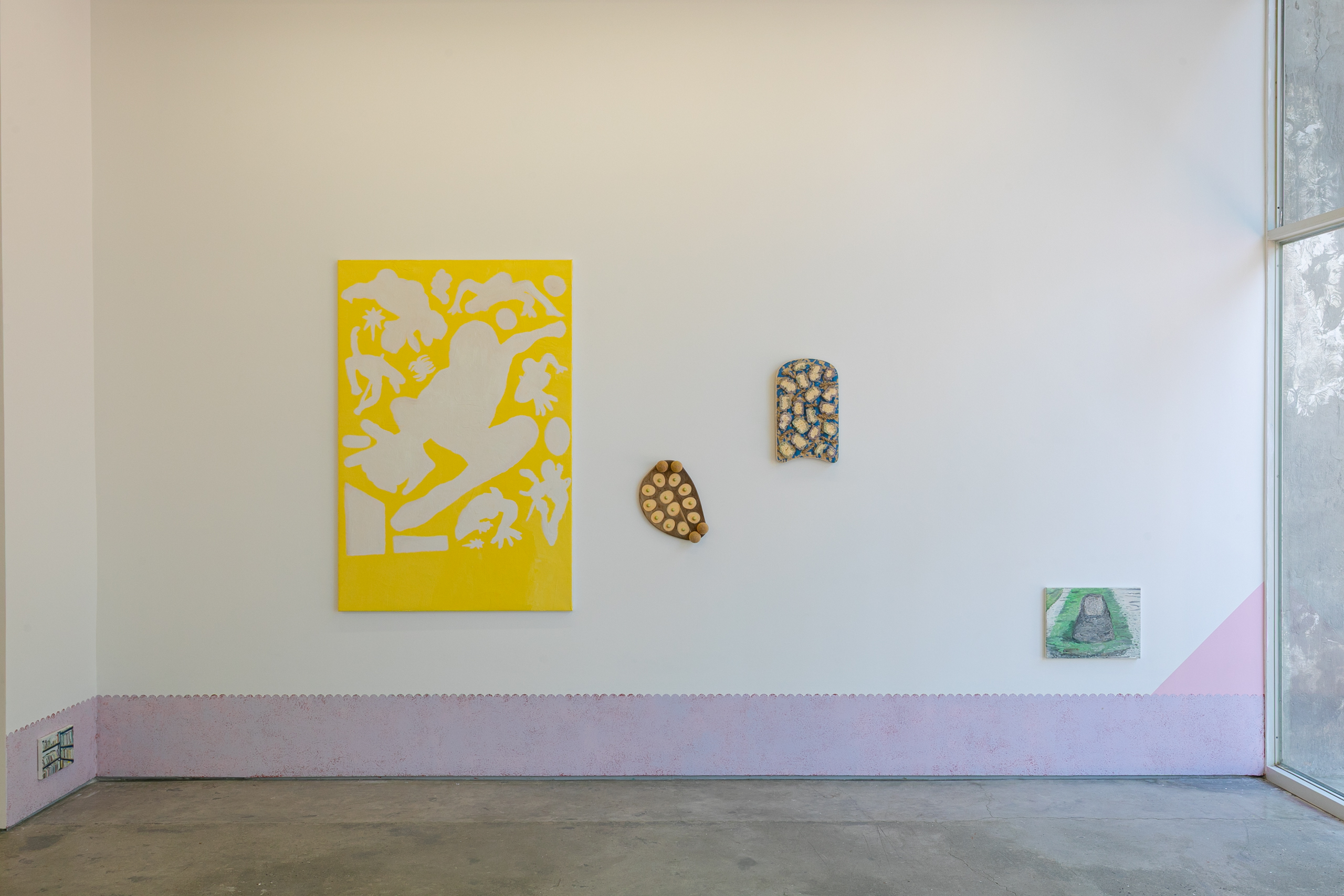
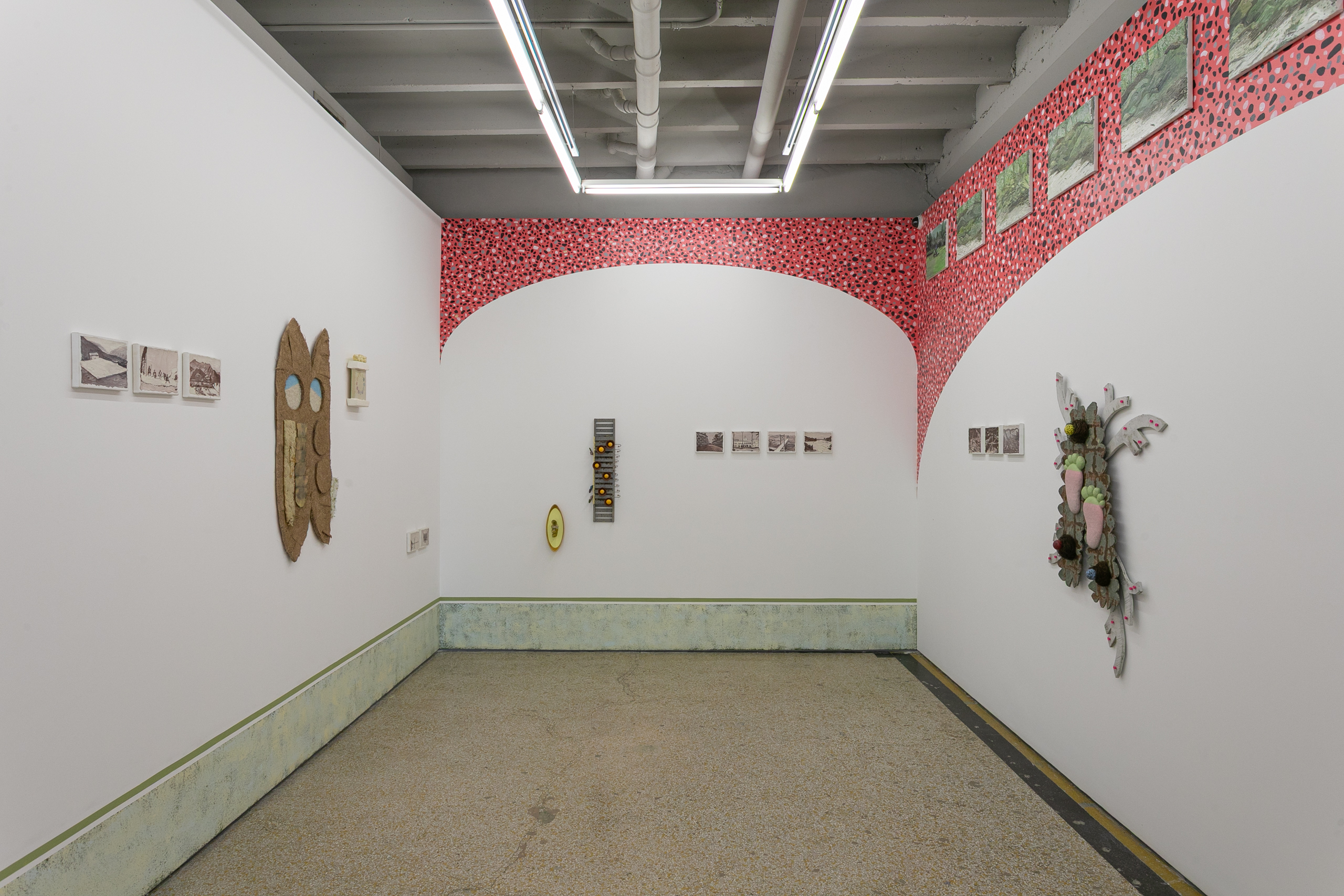
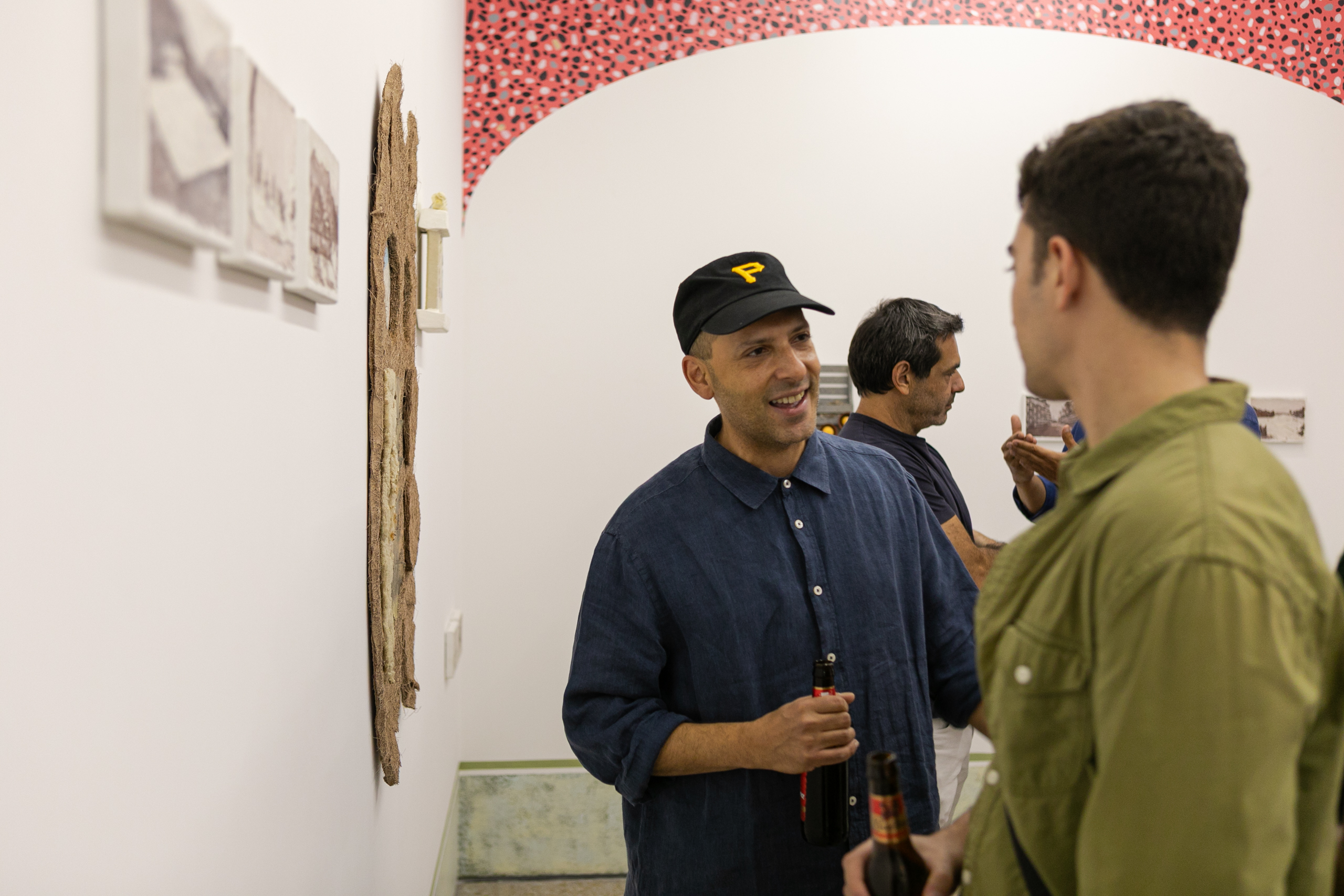
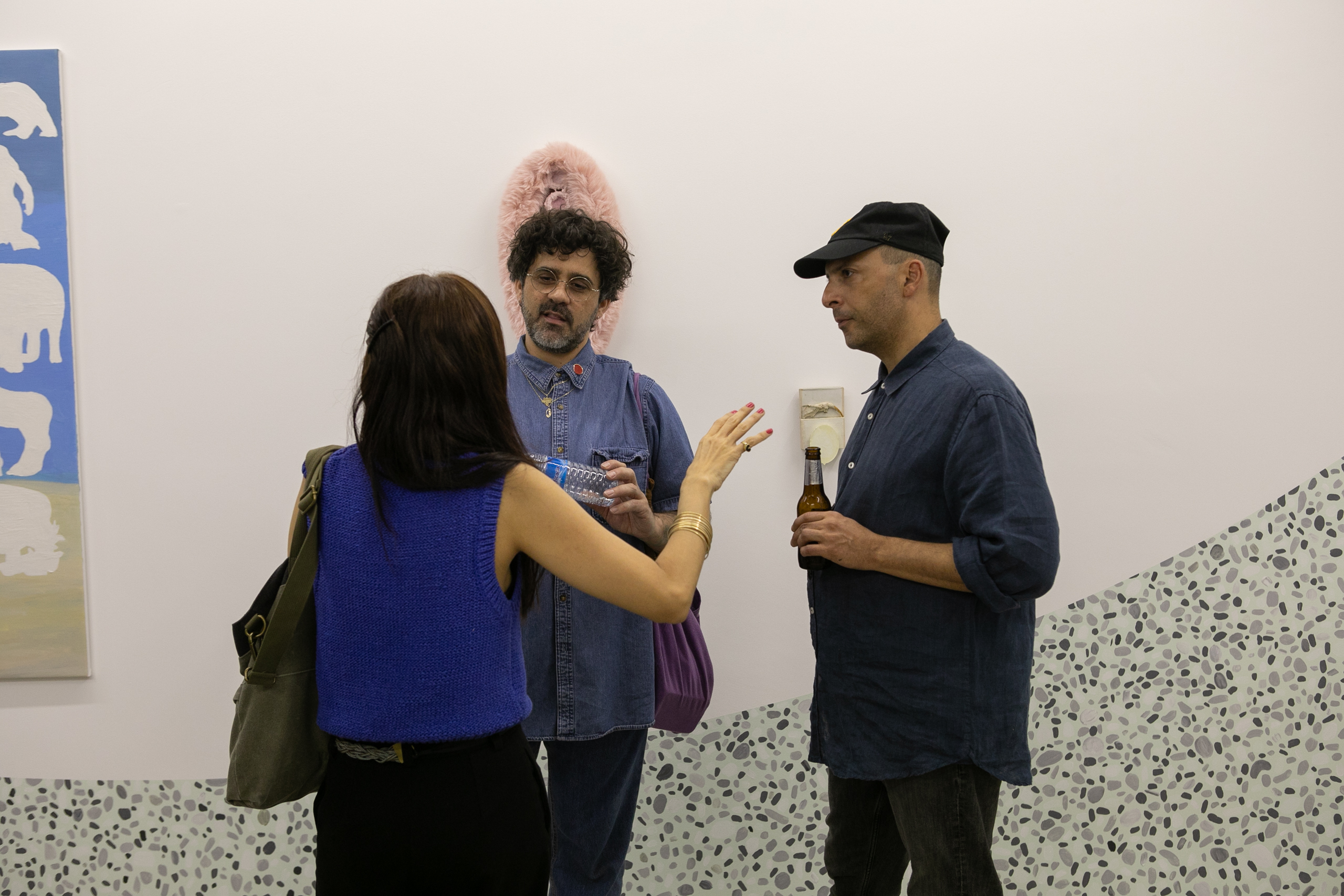
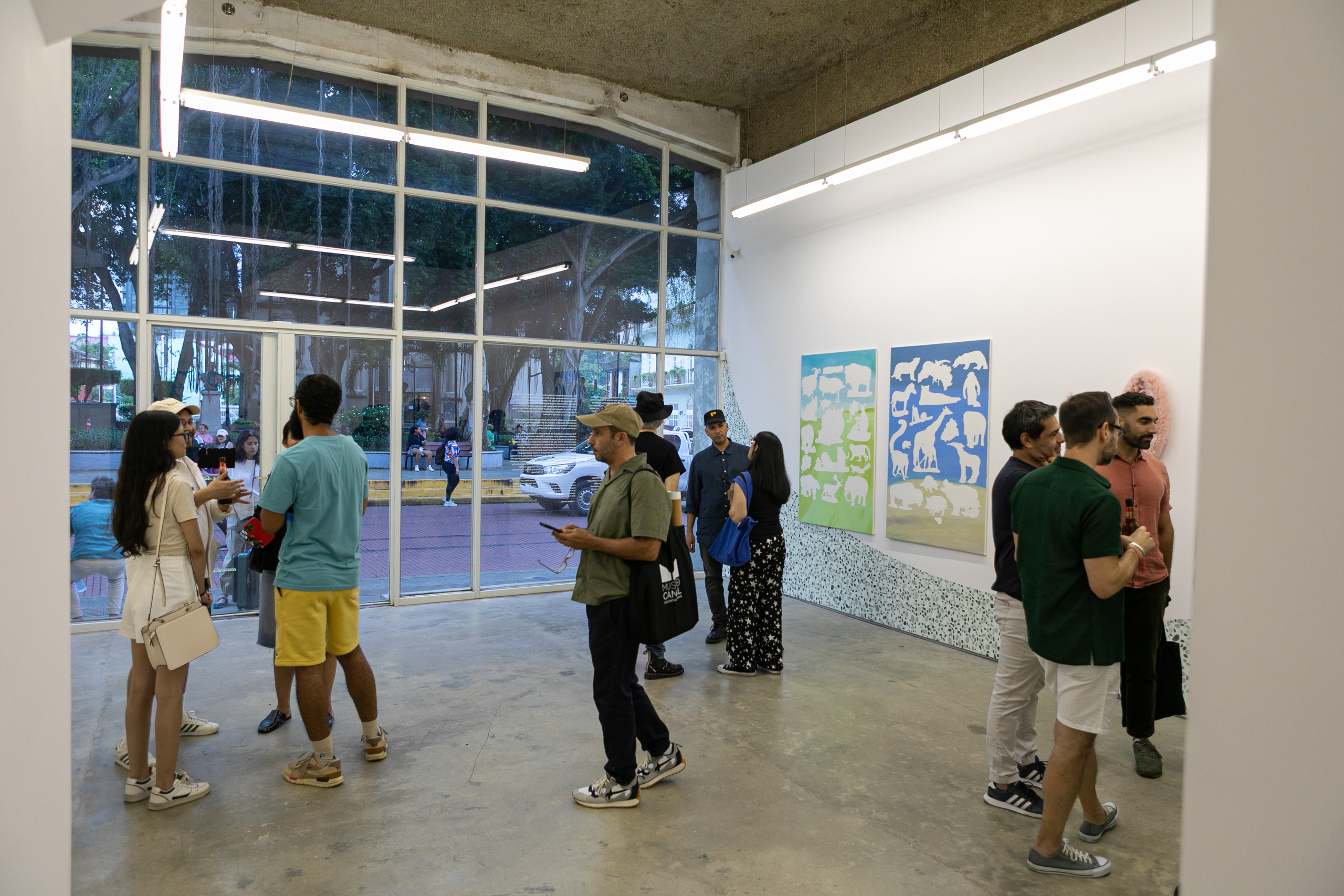
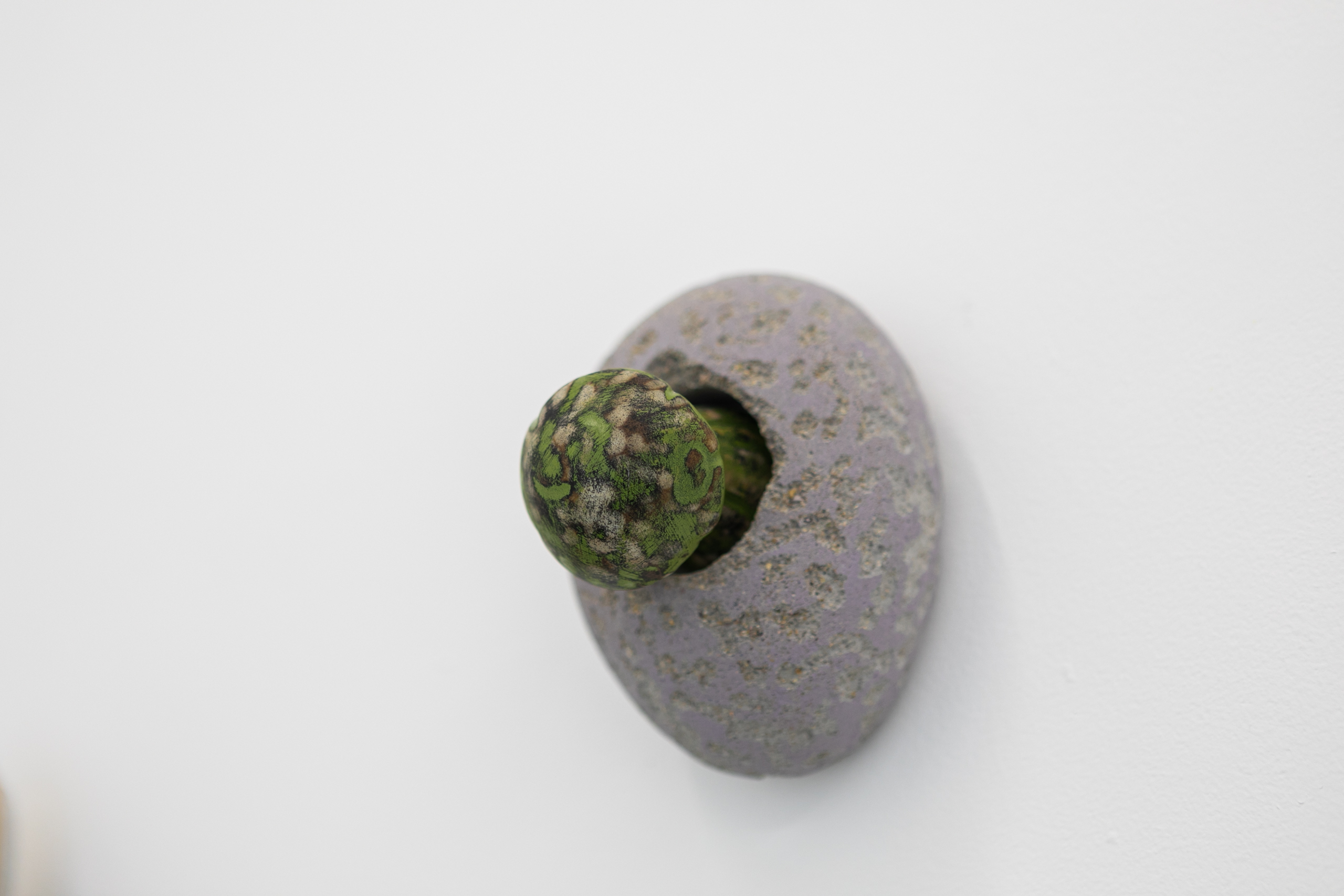
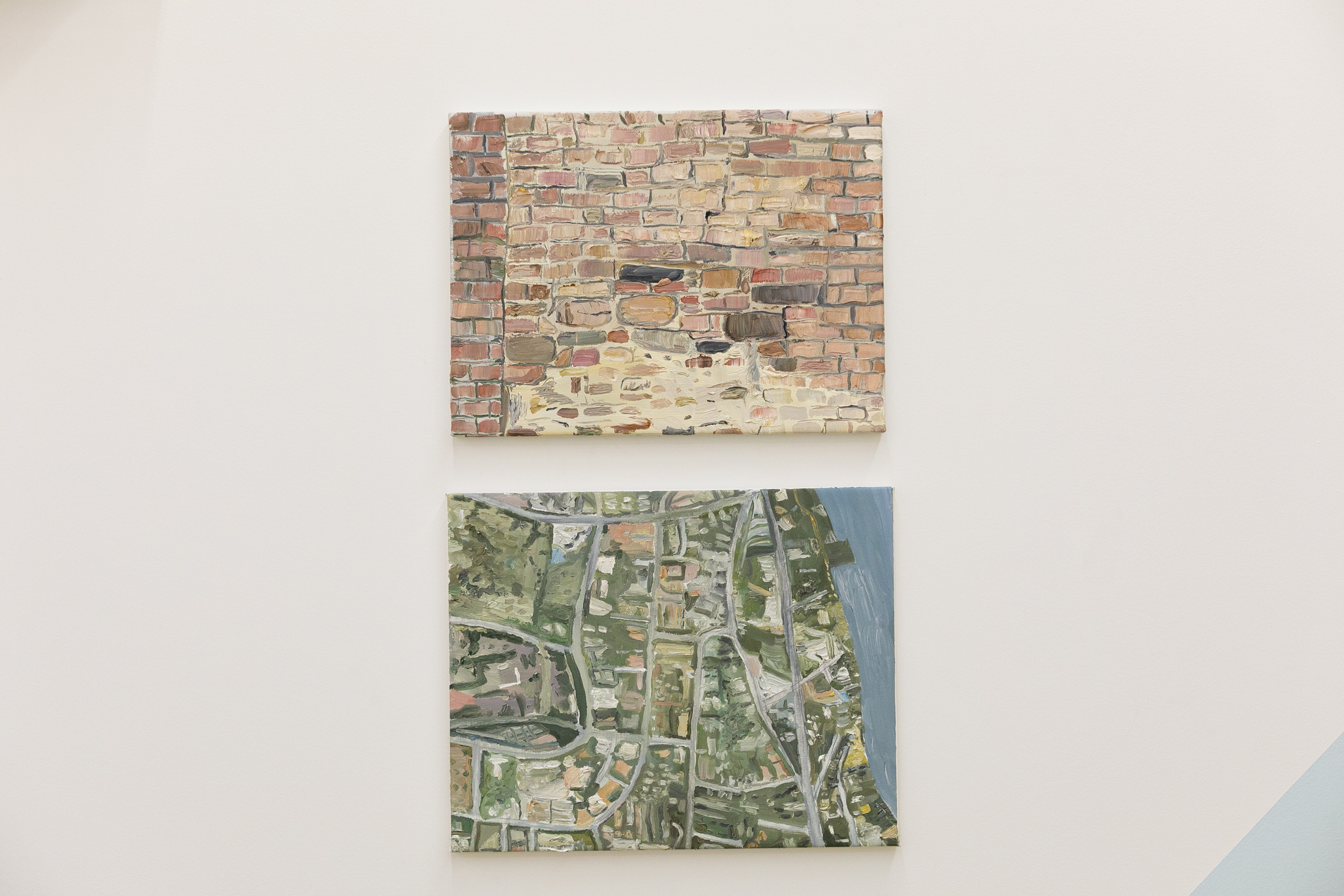
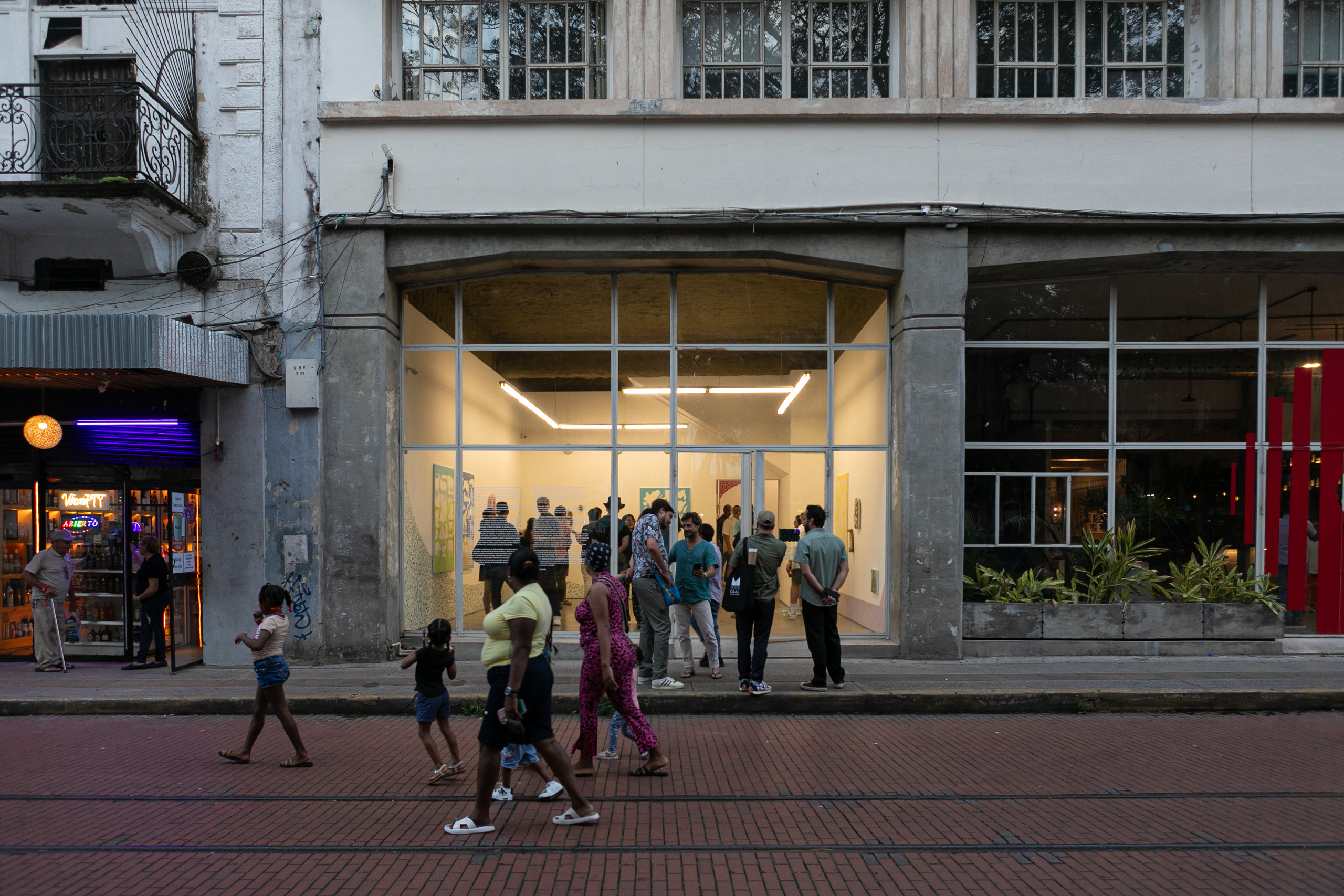 Photos: Raphael Salazar
Photos: Raphael SalazarLa relación entre Christian Vinck y Juan Pablo Garza se origina en Maracaibo, Venezuela, durante su adolescencia en los años noventa. El barrio, el caminar, los afectos, la experimentación y el intercambio de referencias, sentaron las bases de una amistad que ha perdurado por más de treinta años. Este proceso no fue exclusivo entre ambos: sino se extiende a un grupo de amigos y amigas que participaron a esos cruces de información y exploración, muchos de los cuales terminaron vinculados al arte de una u otra manera.
Maracaibo, la capital del Zulia, ha forjado una identidad propia marcada por su fundacional aislamiento geográfico, su historia portuaria y su papel en la economía petrolera, generando en sus habitantes un fuerte orgullo regional y una manera particular de entender el mundo.
Este trasfondo constituye el punto de partida de Patio Ondulado, exposición concebid como un ejercicio de memoria afectiva y un espacio de producción simbólica en torno a la diáspora, la pintura, el ensamblaje y estas historias compartidas. De esta manera la muestra articula un diálogo sostenido entre las prácticas de ambos artistas, desarrolladas en constante tensión entre lo local y lo transnacional, lo íntimo, lo colectivo, lo concreto y lo imaginado.
Y que no se limita a yuxtaponer obras, sino que propone un entramado relacional en el que el lenguaje plástico se convierte en materia de intercambio, aludiendo así a Venezuela, lo cotidiano, lo accidental, lo frágil y lo ambiguo. En este territorio, atravesado por humor y ternura, la práctica artística funciona como un gesto de complicidad y resistencia, donde la afectividad se asume como motor, activando un espacio de encuentros, resonancias y pequeños choques, en el que colaborar, alterar, jugar con alturas, inventar códigos o sostener chistes internos, deviene parte natural del intercambio.
Lejos de configurar únicamente un relato nostálgico, la muestra plantea una suerte de ensayo visual donde las prácticas de Garza y Vinck se entienden como modos de sentir la pertenencia, asumir la pérdida y afirmar la continuidad cultural. El territorio visual que emerge, ondulante como su propio título sugiere, invitan a una temporalidad extendida y a ser testigos de un ejercicio a partir de las dinámicas de la memoria y el exilio, ejercicio, que se organiza desde lo fragmentario, abriendo así la posibilidad de habitar el tiempo desde otra sensibilidad.
-Noelia Portela
The relationship between Christian Vinck and Juan Pablo Garza originates in Maracaibo, Venezuela, during their adolescence in the 1990s. The neighborhood, the walks, the affections, the experimentation, and the exchange of references laid the foundations for a friendship that has endured for over thirty years. This process was not exclusive to the two of them; it extended to a group of friends who also participated in those exchanges of information and exploration—many of whom eventually became connected to art in one way or another.
Maracaibo, the capital of Zulia, has forged a distinctive identity shaped by its foundational geographic isolation, its port history, and its role in the oil economy—factors that have fostered in its inhabitants a strong regional pride and a unique way of understanding the world.
This backdrop serves as the starting point for Patio Ondulado, an exhibition conceived as an exercise in affective memory and a space of symbolic production around diaspora, painting, assemblage, and shared histories. In this way, the exhibition articulates an ongoing dialogue between both artists’ practices, developed in constant tension between the local and the transnational, the intimate and the collective, the concrete and the imagined.
Rather than merely juxtaposing works, it proposes a relational framework in which the visual language itself becomes
a medium of exchange—thus alluding to Venezuela, the everyday, the accidental, the fragile, and the ambiguous.
In this territory—traversed by humor and tenderness—artistic practice functions as an act of complicity and resistance, where affectivity operates as a driving force, activating a space of encounters, resonances, and small collisions. Within it, to collaborate, to alter, to play with heights, to invent codes, or to sustain inside jokes becomes a natural part of exchange.
Far from constructing a merely nostalgic narrative, the exhibition unfolds as a kind of visual essay, where Garza’s and Vinck’s practices are understood as ways of feeling belonging, embracing loss, and affirming cultural continuity. The visual territory that emerges—undulating, as its title suggests—invites an expanded temporality and bears witness to an exercise grounded in the dynamics of memory and exile. This exercise, organized from the fragmentary, opens the possibility of inhabiting time through another kind of sensitivity.
- Noelia Portela
Tuesday - Saturday
1-6pm
Sunday
11- 4pm
Closed Monday
1-6pm
Sunday
11- 4pm
Closed Monday
